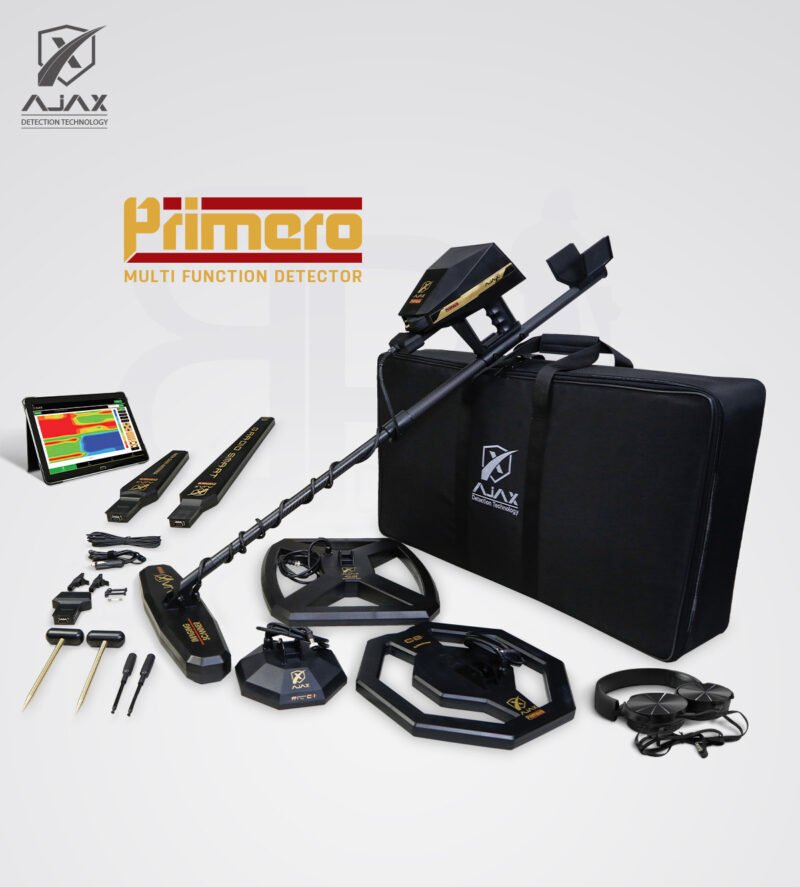Metal detecting has always fascinated explorers, hobbyists, and professionals. From beaches littered with coins to historical battlefields hiding relics, metal detectors open a world of possibilities. Yet when it comes to finding gold, especially nuggets buried deep in mineral-rich soil, not every detector is created equal. This is where a gold detector machine stands apart from standard models. If you’ve ever wondered why specialized gold detectors exist, it comes down to how they’re designed, the technology inside, and the environments they’re built to handle.
The Challenge of Detecting Gold
Gold isn’t like other metals. It’s a highly conductive but often small and irregularly shaped target, usually found in mineralized ground. Standard metal detectors, while excellent for coins, jewelry, or relics, often struggle with gold because the soil composition masks weak signals. Iron-rich ground, hot rocks, and deep targets create “noise” that overwhelms conventional machines.
Gold detectors, however, are engineered with the sensitivity and calibration needed to filter through those challenges. They prioritize depth, signal clarity, and accuracy even in tough ground conditions.
Technology That Sets Gold Detectors Apart
Most standard detectors use VLF (Very Low Frequency) technology, which works well for general treasure hunting but has limits in highly mineralized soil. Gold detectors often combine two advanced approaches:
-
High-frequency VLF: Operating at higher frequencies, these detectors pick up the faint signals from small nuggets that standard machines often miss.
-
Pulse Induction (PI): PI technology penetrates deeper into mineralized soil, ignoring much of the background interference while still detecting large or deeply buried gold.
By offering these options, a gold detector machine ensures you don’t waste time digging false targets. Instead, you get a sharper distinction between real gold and ground noise.
Sensitivity and Depth
Sensitivity is the biggest differentiator. A coin detector might ignore a tiny fragment of metal because it seems insignificant, but that same fragment could be a gold flake worth keeping. Gold detectors are fine-tuned to respond to such small signals.
Depth is equally important. While standard models may only reach shallow targets, gold detectors are designed to probe deeper into challenging terrain. For prospectors working in deserts, mountains, or riversides, this difference is critical.
Ground Balance: The Key Feature
One feature that truly separates gold detectors from standard ones is ground balance. Mineralized soil produces constant interference. If your detector isn’t equipped to cancel it out, you’ll end up chasing “ghost signals.” Gold detectors allow manual or automatic ground balancing, letting the machine adapt to changing soil conditions. This feature alone often justifies choosing a gold detector machine over a general-purpose one.
Real-World Use: Why the Primero Stands Out
Among the many options, the Primero has earned a reputation for combining professional-grade features with user-friendly design. It integrates both VLF and PI technologies, offering flexibility whether you’re after small surface nuggets or larger deposits buried at depth.
Its advanced discrimination modes help filter unwanted metals, while ergonomic design reduces fatigue during long hunts. Prospectors value it not only for its technical performance but also for the way it adapts to real-world conditions, from rocky deserts to mineral-laden riverbeds.
Why Standard Models Fall Short
It’s not that standard detectors are ineffective; they’re simply optimized for different use cases. If your focus is beach detecting, coin shooting, or casual hobby hunting, a standard VLF machine will serve you well. But for serious gold prospecting, you’ll quickly find the limitations frustrating. Missed signals, constant false alarms, and shallow detection depths can make the experience discouraging.
Investing in the Right Machine
Buying a gold detector is an investment. The right machine pays off in the form of accurate detection, fewer wasted digs, and potentially valuable finds. Unlike standard models, gold detectors are built for a specific purpose: to give prospectors the best chance of success in the harshest conditions.
When you consider the time, energy, and cost involved in prospecting, choosing a specialized gold detector becomes less of an expense and more of a necessity. Machines like the Primero showcase how far technology has come, turning the once-frustrating hunt for gold into a more calculated and rewarding experience.
Final Thoughts
The difference between a gold detector and a standard model lies in their purpose. Standard machines are versatile and user-friendly, perfect for casual treasure hunting. Gold detectors, on the other hand, are precision instruments designed for one job: finding gold in tough environments where other detectors fail.
If your goal is to uncover real gold rather than just random metal objects, investing in a gold detector machine is the smarter choice. And if you’re ready to take your hunts to the next level, machines like the Primero prove just how advanced and effective modern gold detection has become.



